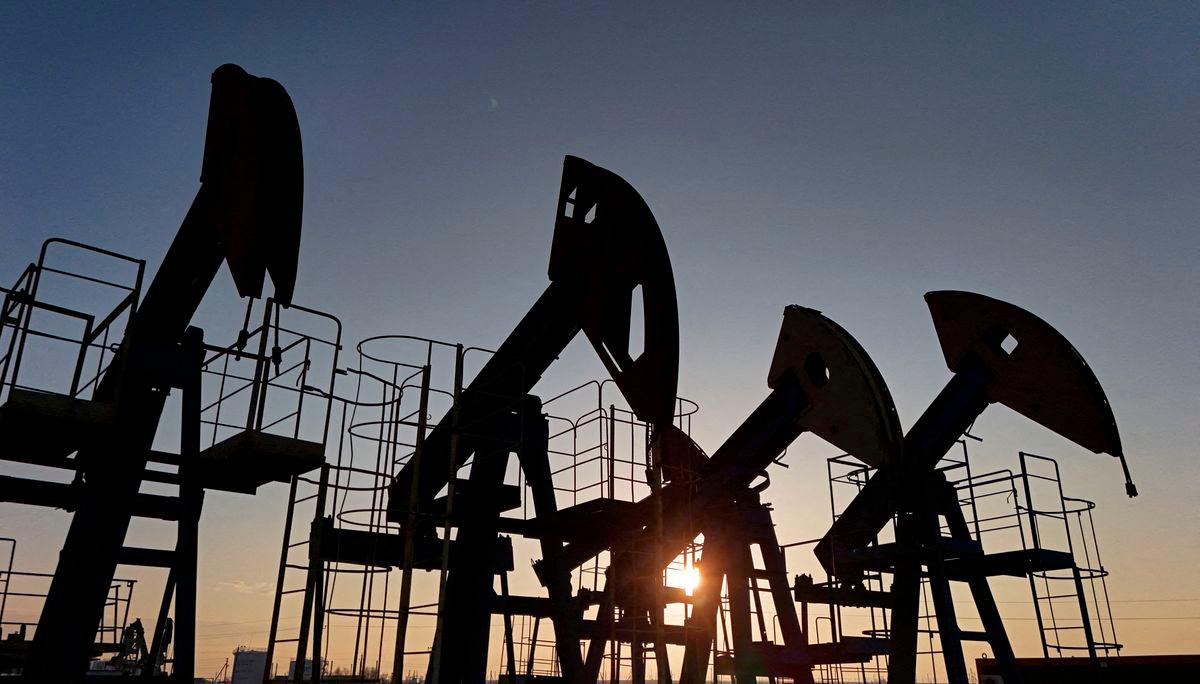OIL prices rose in Asian trade on Wednesday, extending a 4% gain from the previous session on worries that the Iran-Israel conflict could disrupt supplies.
Brent crude futures rose 26 cents, or 0.3%, to $76.71 a barrel by 0440 GMT. U.S. West Texas Intermediate crude futures rose 35 cents, or 0.5%, to $75.19 per barrel.
U.S. President Donald Trump on Tuesday called for Iran’s “unconditional surrender” as the Iran-Israel air war entered a sixth day.
The U.S. military is deploying more fighter aircraft to the region to bolster its forces, three officials said on Tuesday.
Analysts said the market was largely worried about supply disruptions in the Strait of Hormuz, which carries a fifth of the world's seaborne oil.
Iran is OPEC's third-largest producer extracting about 3.3 million barrels per day (bpd) of crude oil, but spare capacity among producers in the Organization of the Petroleum Exporting Countries and their allies can readily cover this.
“Material disruption to Iran’s production or export infrastructure would add more upward pressure to prices. However, even in the unlikely event that all Iranian exports are lost, they could be replaced by spare capacity from OPEC+ producers ... around 5.7 million barrels a day,“ said Fitch analysts in a client note.
Brent crude oil prices have gained about $10 a barrel over the past two weeks, and Fitch analysts said they expect the geopolitical risk premium in oil prices to be contained at around $5 to $10.
In another sign of the market's jitters, Brent crude's premium to Middle East benchmark Dubai soared above $3 a barrel on Wednesday, market sources said, hitting its highest since late September 2023 according to LSEG data.
Markets are also looking ahead to a second day of U.S. Federal Reserve discussions on Wednesday, in which the central bank is expected to leave its benchmark overnight interest rate in the 4.25%-4.50% range.
However, the conflict in the Middle East and the risk of slowing global growth could push the Fed to potentially cut rates by 25 basis points in July, sooner than the current market expectation of September, said Tony Sycamore, market analyst with IG.
“The situation in the Middle East could become a catalyst for the Fed to sound more dovish, as it did following the October 7, 2023, Hamas attack,“ Sycamore said.
Lower interest rates generally boost economic growth and demand for oil.
Confounding the decision for the Fed, however, is that the Middle East conflict also creates a new source of inflation via surging oil prices.









